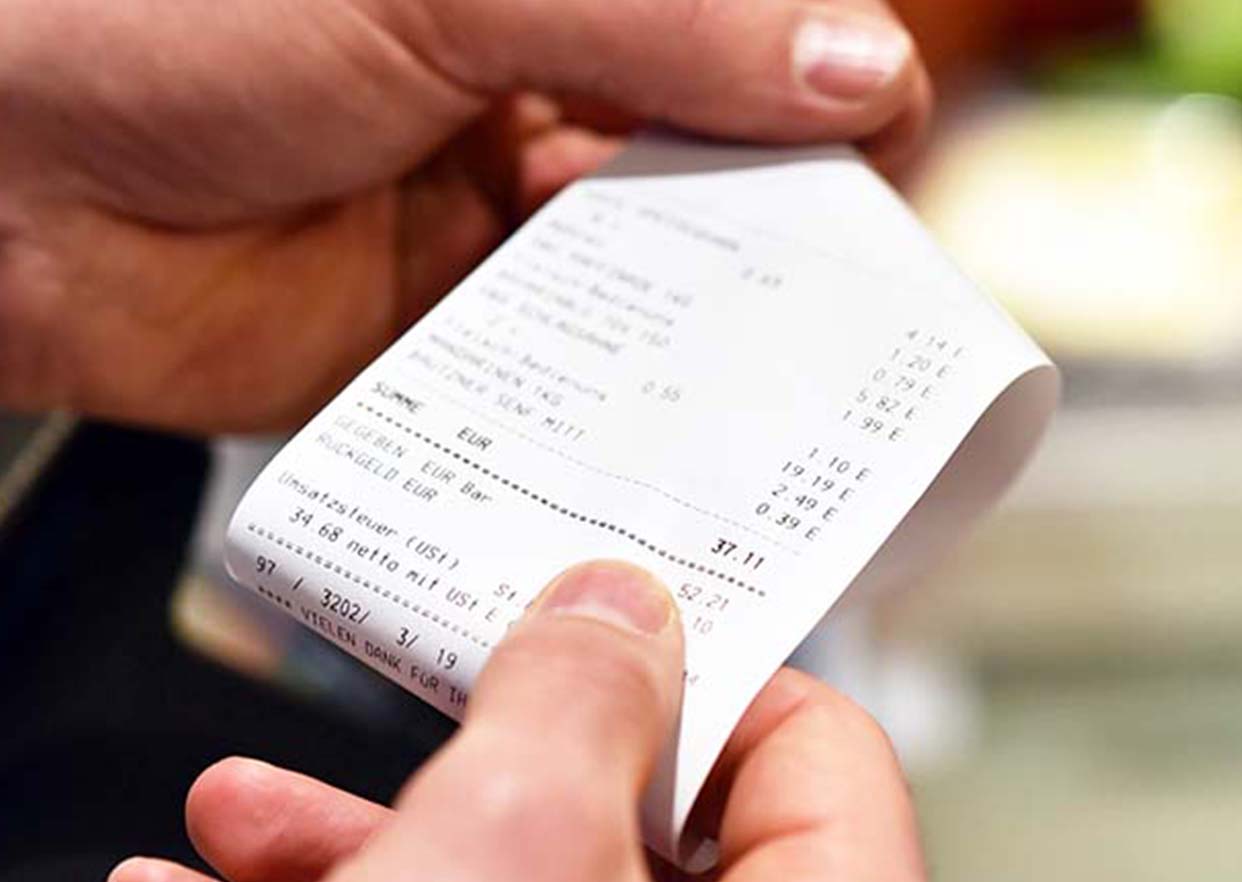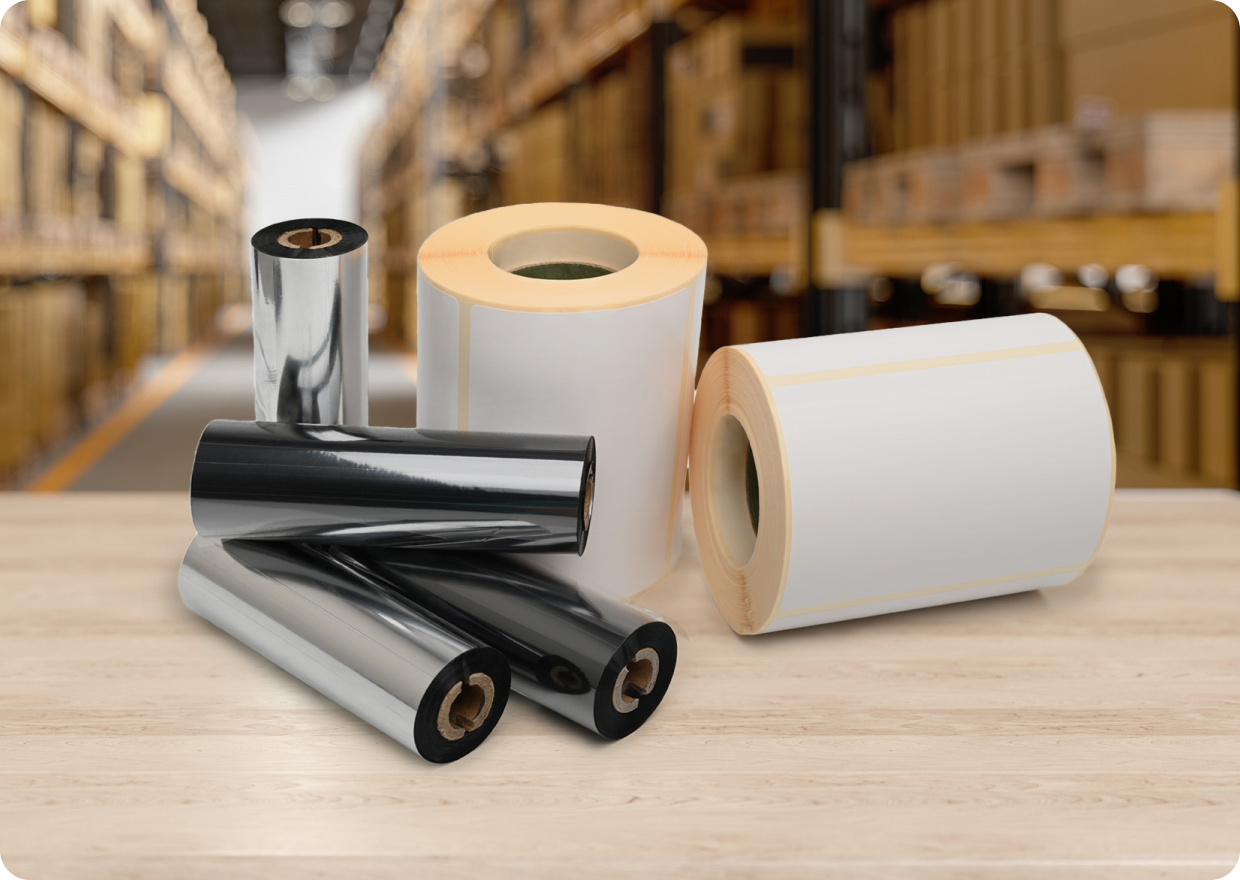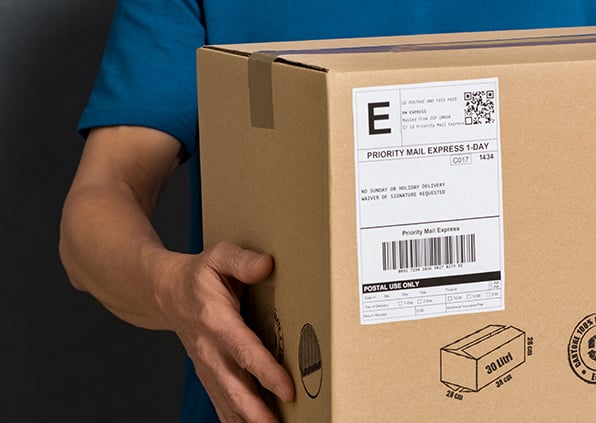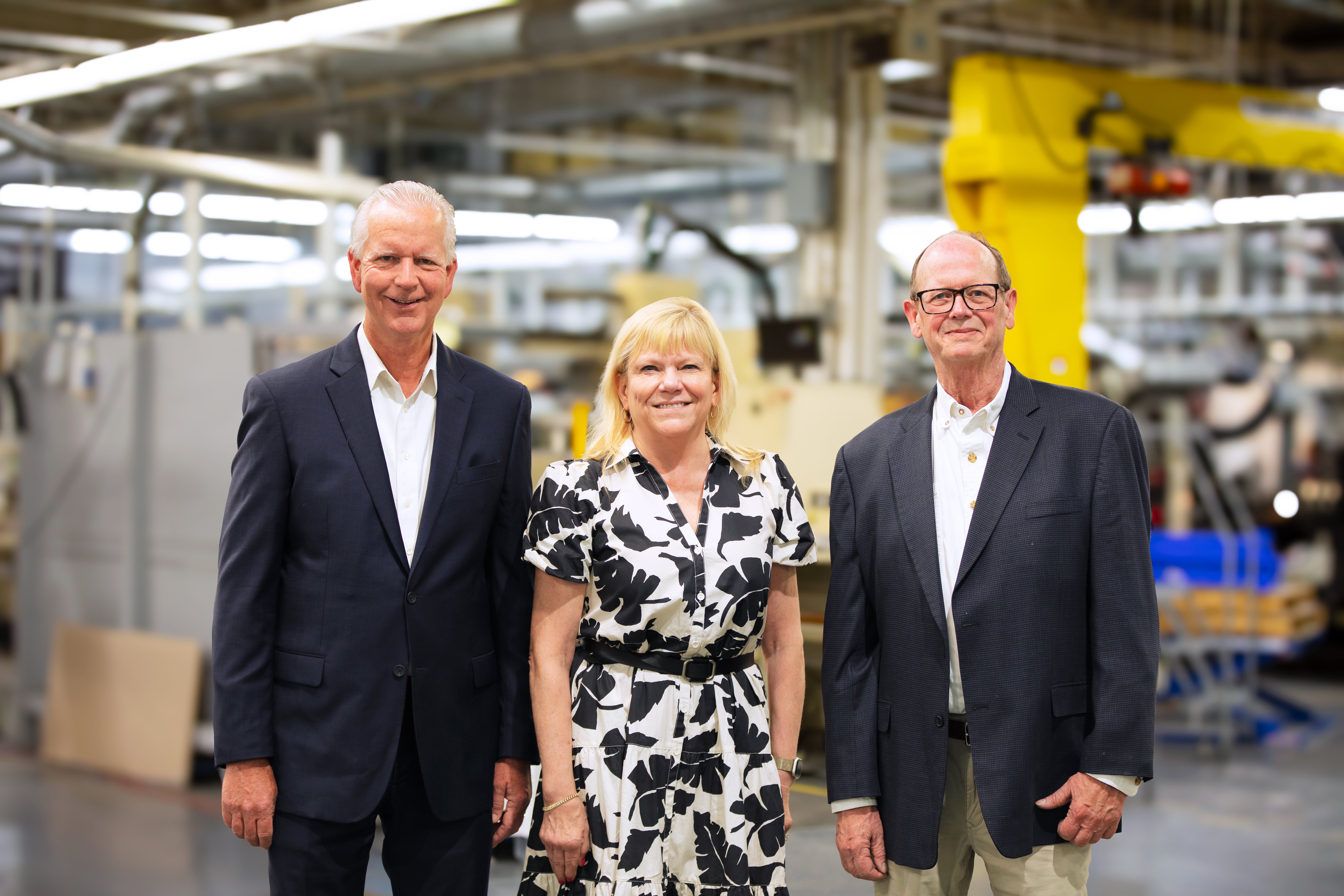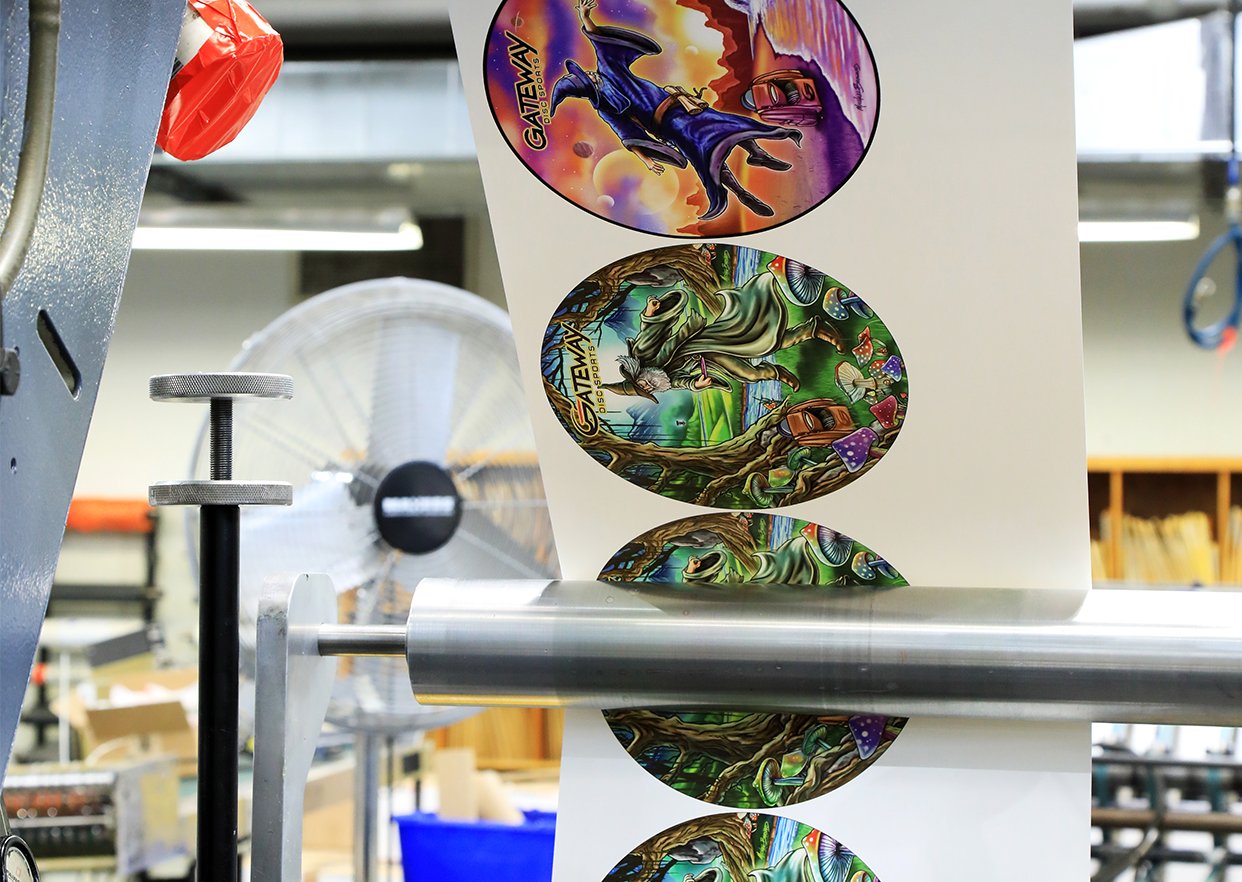Want to learn more about labels? Simply contact us and one of Taylor’s industrial label experts will follow up with you.
Thermal printers are one of those ubiquitous business technologies that you likely benefit from every single day but rarely give a second thought. Used extensively by retailers, airlines, hospitals and delivery companies, thermal printers are instrumental to creating the barcodes, shipping labels and sales receipts that keep the modern consumer economy humming.
However, there’s a different kind of buzz in the thermal printer market these days. It represents a dramatic shift in how thermal printer manufacturers (or “OEMs”) are bringing their products to market. That change, in turn, will have long-lasting implications for those who purchase and use thermal printers worldwide.
Open Thermal Printers: How It Used To Work
Until recently, the thermal printer industry was an “open” market. That means the thermal printer hardware sold by printer manufacturers could be used with rolls of thermal label stock produced by just about anyone. In fact, there are more than 2,000 qualified label converters in the U.S. capable of producing rolls of label stock compatible with the OEMs’ various thermal printers. This wide-open, hyper-competitive market has created a number of benefits for users of thermal printers:
A Stronger Thermal Label Supply Chain
Thousands of qualified label converters naturally mitigates the supply chain risk – a key consideration in the current marketplace.
Lower Prices for Thermal Label Stock
Widespread competition gives users of thermal printers the leverage they need to source high-quality, high-performing labels at a low price. One company recently reviewed the potential additional cost of the OEM labels and found that their budget would have increased nearly three times from $238,000 to over $600,000 annually.
Thermal Label Customization Options
The fact that label roll production is decentralized also makes label customization economical. As long as it doesn’t interfere with the operation of the printer itself, companies are able to request that logos, colors, die cuts, custom sizes, etc., be incorporated into their thermal label rolls.
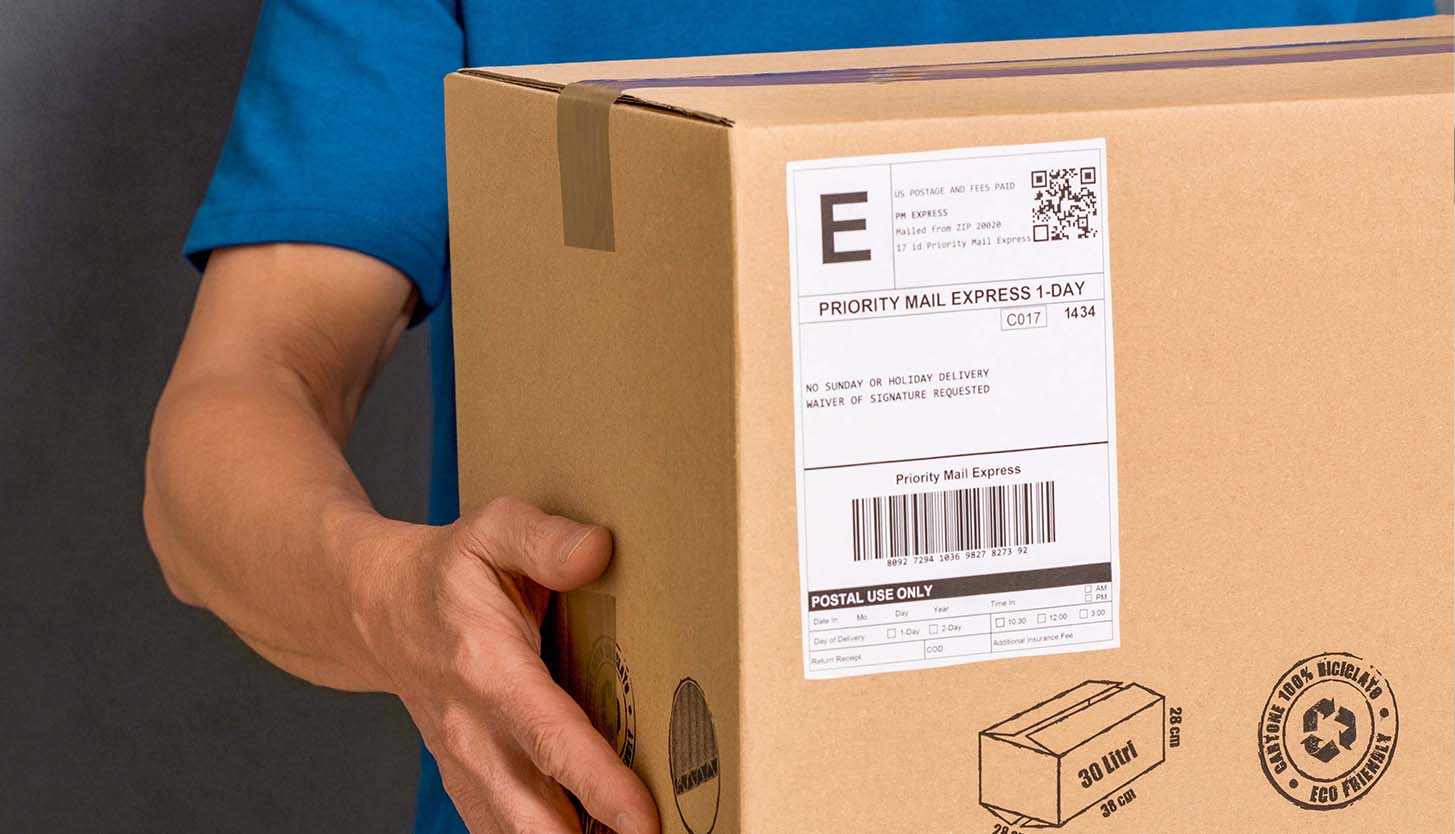 Closed Thermal Printers: A Growing Trend
Closed Thermal Printers: A Growing Trend
In a change that’s catching some in the industry by surprise, the printer OEMs are beginning to focus on “closed” printer models in the direct thermal segment. Many of the newest direct thermal printers – and the rolls of label stock they utilize – incorporate proprietary features that make it impossible to use label rolls sourced elsewhere.
Whether it’s the use of unique printer cartridges, special RFID inlays in the label roll or something else, the result is the same. These newest closed direct thermal printers will only operate if loaded with label roll stock produced by or sourced through the OEM itself. Load any other type of label stock in the printer and it simply won’t work.
Of course, engineering proprietary features into the printers and label rolls enables the OEMs to offer certain unique benefits to their customers as well. Generally speaking, they fall into three categories:
Ease of Use and Roll Replacement
Many of the newest closed direct thermal printers have design features that make label roll replacement easier. In a fast-paced retail environment with high staff turnover, this can be a key selling feature. Likewise, some models are able to detect how many labels remain on a roll, potentially reducing printer downtime.
Certified Label Performance
With greater control comes reduced variability. Similar to buying a “certified” low-mileage used car at an OEM auto dealership, label printer OEMs are able to certify the performance of their own label stock with their printer designs.
Lower Prices on Closed Thermal Printers
The primary advantage to the customer may be the price of the label printer itself. Closed direct thermal printers are sometimes less expensive to purchase than the equivalent open printer.
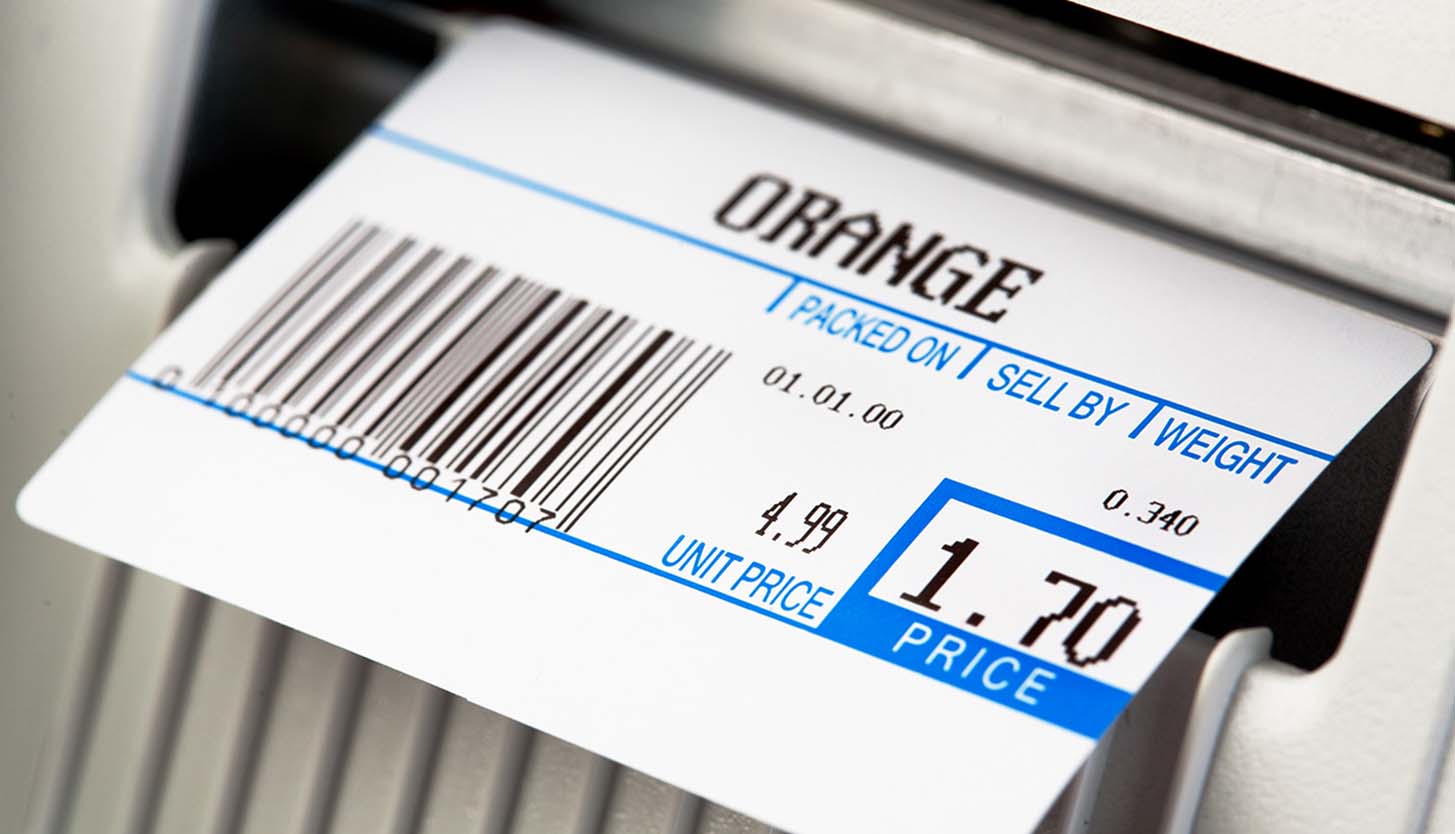 3 Questions to Ask Before Going Open or Closed
3 Questions to Ask Before Going Open or Closed
Obviously, no two production environments are alike. The decision of whether to purchase open or closed direct thermal printer hardware will depend on your budget, requirements and priorities. However, be sure to ask these three questions before signing that purchase order:
#1: Will it save me money?
Make sure you do the math beforehand. The proprietary label rolls required by closed thermal printers cost up to three times more than the label rolls widely available for open printer designs. Assuming there are up-front savings on closed printer hardware, will it be enough to offset the higher cost of label rolls consumed over the life of the printer? Depending on your usage volume, you might be able to purchase new open printers several times a year with the money saved on label rolls.
#2: Is my supply chain secure?
Consider the added supply chain risk you will be taking on. While there are 2,000+ qualified label converters making thermal label rolls today, the proprietary label rolls used by closed direct thermal printers are typically only manufactured by one or two specially licensed converters. The global supply chain crisis of 2021-2022 has been an eye-opener for everyone. When you confine yourself to just one or two suppliers, your risk of stock-outs and line-down events goes up considerably.
#3: Do I need customization?
Think carefully about your production environment, brand standards and customer experience. If your current thermal labels are customized in any way, closed printers may not be for you. With few exceptions, it is not possible to customize the proprietary label rolls required by closed direct thermal printers. That means you must do without things like logos, special ink colors, die cuts and custom label sizes. Unless you are sourcing an extraordinarily high volume of label rolls, the OEM that produced your printer will not be able to justify customizing their proprietary label rolls just for you.
Taylor: A Leader in Thermal Labeling Technology
Taylor has long been recognized as a leader in the industrial label industry and produces in the order of 50 billion labels each year. We bring decades of subject matter expertise to the market, and that expertise includes the highly specialized labels used in industrial thermal printers.
The fact is, we’ve bet on both horses in this race. Taylor works closely with all of the major OEM printer manufacturers, allowing us to sell thermal printers and label rolls of both open and closed designs. Rather, our primary goal is that our current and prospective customers make informed decisions that result in:
- The best-performing label printer hardware
- The best-performing label roll stock
- The lowest possible ongoing operating costs
- The lowest possible supply chain risk
